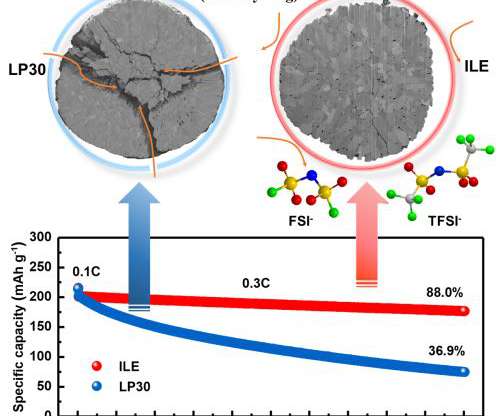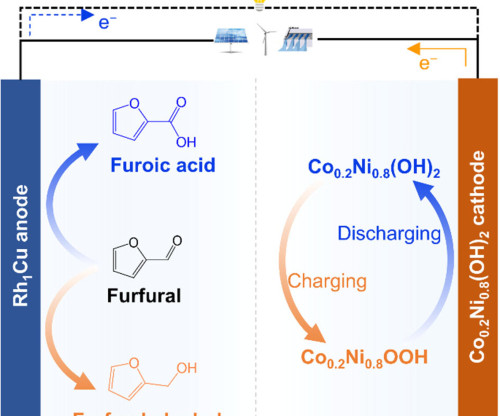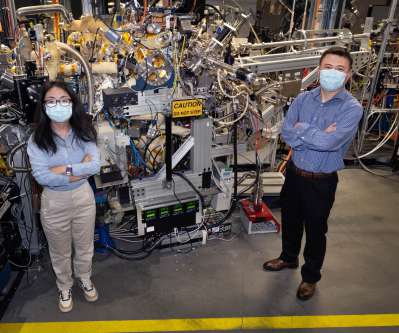HIU researchers develop extremely high energy density lithium-metal cell with good stability
Green Car Congress
AUGUST 21, 2021
Researchers at the Helmholtz Institute Ulm (HIU), founded by the Karlsruhe Institute of Technology (KIT) in cooperation with the University of Ulm, have developed a new lithium-metal battery that offers extremely high energy density of 560 Wh/kg—based on the total weight of the active materials—with remarkably good stability.



















Let's personalize your content